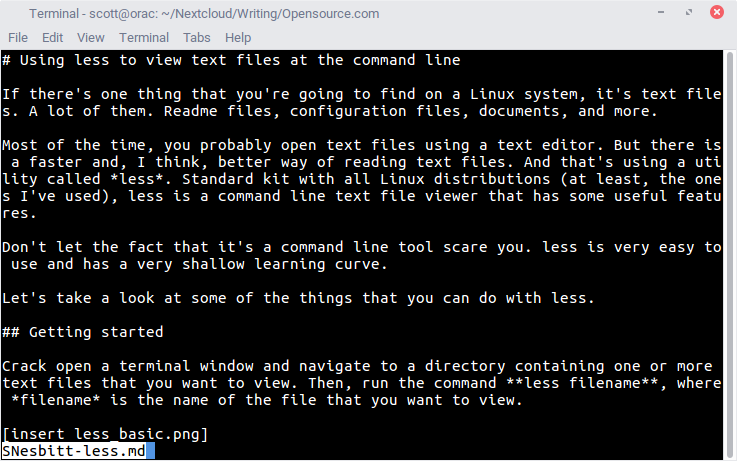
- #SEARCH ALL FILES FOR TEXT STRING IN UBUNTU SOFTWARE#
- #SEARCH ALL FILES FOR TEXT STRING IN UBUNTU CODE#
#SEARCH ALL FILES FOR TEXT STRING IN UBUNTU CODE#
This is the best choice for reading code files. Tip: a shortcut to insert a colon and then type wq! for writing edits to file and quit without asking a confirm, you can hold down SHIFT and press twice z. n represent print the lines with line numbers. it will search in that file for that particular string or text and it will print the lines with line numbers. Here we are giving the input to the command like which file you want to search.
 /word : search for 'word' inside the document. grep -n 'devops' hello.txt 1:devops dfsfsg 6:devops dsf dfsf dfds. It's the same as q if you didn't edit the text. q! : exit from the file without asking a confirm. : : you need to type colon before inserting each of the following commands!. By the way, now I'm going to showing you some useful commands that concern reading (not writing): Once the file is opened, be careful! Don't start typing, or you will mess everything up! In fact, even if you can see the cursor, you have to press i to start typing and ESC after you finished typing. Please note that vim offers syntax highlighting. This is not just for reading files, you can also edit them! Now let's see only some features that regards reading documents. Some of us like vi, some others like vim. It follows the file changes as they occur and shows you the output. This is an alternative for tail -f filename. For example the following command will show the first 15 lines of the file file_name.txt. This command does the opposite task of tail. This is the best choice for reading growing documents. It's really useful if you are watching some logs, for example. Imagine to have a empty document, that is filled while you are watching it if you want to see new lines in real time while they are written to the file without reopening it, just open the file with the -f option. There's another use case where this command is extremely useful. To read last 3 lines, we need to write: tail -3 file_name.txt The above command will show last 10 lines(default) of the file. It's useful if you need to read just a few lines in the end of a very big document.
/word : search for 'word' inside the document. grep -n 'devops' hello.txt 1:devops dfsfsg 6:devops dsf dfsf dfds. It's the same as q if you didn't edit the text. q! : exit from the file without asking a confirm. : : you need to type colon before inserting each of the following commands!. By the way, now I'm going to showing you some useful commands that concern reading (not writing): Once the file is opened, be careful! Don't start typing, or you will mess everything up! In fact, even if you can see the cursor, you have to press i to start typing and ESC after you finished typing. Please note that vim offers syntax highlighting. This is not just for reading files, you can also edit them! Now let's see only some features that regards reading documents. Some of us like vi, some others like vim. It follows the file changes as they occur and shows you the output. This is an alternative for tail -f filename. For example the following command will show the first 15 lines of the file file_name.txt. This command does the opposite task of tail. This is the best choice for reading growing documents. It's really useful if you are watching some logs, for example. Imagine to have a empty document, that is filled while you are watching it if you want to see new lines in real time while they are written to the file without reopening it, just open the file with the -f option. There's another use case where this command is extremely useful. To read last 3 lines, we need to write: tail -3 file_name.txt The above command will show last 10 lines(default) of the file. It's useful if you need to read just a few lines in the end of a very big document. #SEARCH ALL FILES FOR TEXT STRING IN UBUNTU SOFTWARE#
This software shows only the last part of the file. This is the best choice for reading medium to big documents.
r: repaints the file content, if it's changing while reading. Pressing n you can go to the following occurrence of 'word'. /word: search 'word' inside the document. Once the document is open, you can type some commands to enable some useful features, such as: It opens file showing them from the beginning, allowing to scroll up/down/right/left using arrows. This is the more command with some enhancements, and is typically a better choice than cat for reading medium to big documents. 
If your file is longer than the display of the terminal, you can simply type more file_name.txtĪnd you'll have a downwards scrolling display of text, in which you can move down by pressing ENTER. cat file_name.txtĪn improved version of cat.

Note that if you need to navigate through the document, you need to scroll the terminal output. Be careful: if the file is huge, it could take some time to complete the printing process! If you need to stop it, you can always press CTRL+C. This is the simplest way to read a text file it simply output the file content inside the terminal. Using Ubuntu you have different ways to read a text file, all similar but useful in different context.







 0 kommentar(er)
0 kommentar(er)
